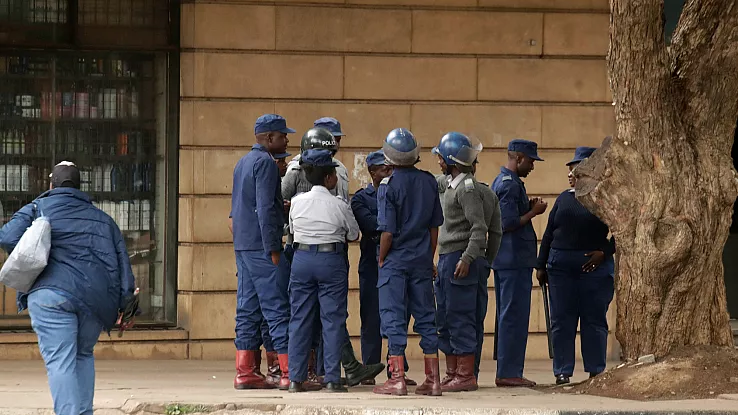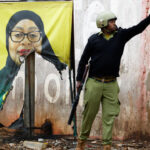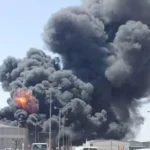In recent months, Zimbabwe has witnessed a wave of riots that have left communities shaken and instilled a palpable fear among residents. These disturbances, fueled by socio-economic challenges, political grievances, and long-standing frustrations, have turned daily life into a precarious existence for many. Understanding the causes of these riots is essential to grasp the unfolding crisis in the nation.
Economic Hardship
At the heart of the unrest is Zimbabwe’s dire economic situation. The country has faced hyperinflation, rising unemployment rates, and a currency crisis that have severely impacted the cost of living. As of late 2023, inflation soared to an estimated 500%, eroding the purchasing power of citizens and plunging them into poverty. Basic goods and services have become prohibitively expensive, leading to widespread dissatisfaction. Many families struggle to afford even staple foods, a crisis that fuels anger and desperation.
Political Discontent
The political landscape in Zimbabwe has been fraught with tension, particularly following the highly controversial elections of 2023. Many citizens believe the election results were manipulated to maintain the ruling party’s grip on power. Allegations of electoral fraud and oppression of dissenting voices contributed to a sentiment of hopelessness among opposition supporters. The government’s heavy-handed response to peaceful protests has further enraged the populace and intensified calls for reform. As reports of brutality against protesters emerge, it becomes clear that the struggle for political rights remains a critical factor driving unrest.
Youth Disenchantment
Zimbabwe boasts one of the youngest populations in Africa, with approximately 60% of its citizens under the age of 25. This demographic faces specific challenges, including high unemployment rates and limited access to education. The youth have become increasingly disillusioned with the political system, feeling that their voices are marginalized and their futures uncertain. Corruption, nepotism, and a lack of opportunities have created a sense of disenchantment that manifests itself in riots. As this demographic continues to mobilize, the potential for unrest will likely persist.
Ethnic and Regional Tensions
Moreover, the historical context of ethnic and regional tensions in Zimbabwe contributes to the volatile situation. Zimbabwe has experienced clashes between various ethnic groups, and regional disparities in development often lead to feelings of neglect and disenfranchisement. The perception that certain groups are favored over others exacerbates existing fissures and has the potential to ignite conflicts, compelling communities to take to the streets in protest.
A Cycle of Violence and Fear
The combination of these socio-economic and political dynamics creates an alarming cycle of unrest. With each bout of violence, fear grips the population, making everyday activities increasingly dangerous. In many areas, people are afraid to leave their homes, not only due to the potential of violence but also because of widespread looting and vandalism that accompanies such riots. As businesses shutter under the threat of destruction, economic stability dwindles further, compounding the fear and driving more people into despair.
The Path Forward
Breaking this cycle of fear and violence requires a concerted effort from all stakeholders, including the government, civil society, and international actors. Addressing the foundational economic issues, ensuring free and fair political processes, and fostering dialogue among different communities will be crucial to restoring trust and stability in Zimbabwe.
As the nation grapples with these pressing challenges, it is evident that resolving the underlying causes of unrest will take time and dedication. Until then, fear will likely continue to linger over the streets of Zimbabwe, as countless citizens wait for a glimmer of hope in a difficult and uncertain reality.
Email Us on editorial@nnafrica.com













